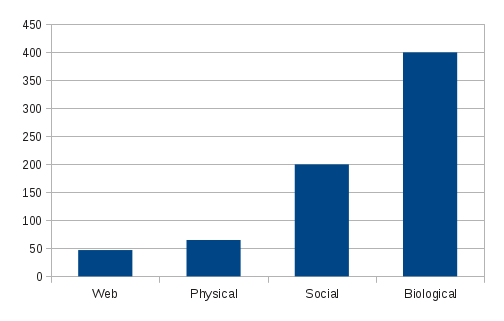From the webpage:
Datumbox offers a large number of off-the-shelf Classifiers and Natural Language Processing services which can be used in a broad spectrum of applications including: Sentiment Analysis, Topic Classification, Language Detection, Subjectivity Analysis, Spam Detection, Reading Assessment, Keyword and Text Extraction and more. All services are accessible via our powerful REST API which allows you to develop your own smart Applications in no time.
I am taking a machine learning course based on Weka and that may be why this service caught my eye.
Particularly the part that reads:
Datumbox eliminates the complex and time consuming process of designing and training Machine Learning models. Our service gives you access to classifiers that can be directly used in your software.
I would agree that designing from scratch a machine learning model would be a time consuming task. And largely unnecessary for most applications in light of the large number of machine learning models that are already available.
However, I’m not sure how any machine learning model is going to avoid training? At least if it is going to provide you with meaningful results.
Still, it is a free service so I am applying for an API key and will report back with more details.


